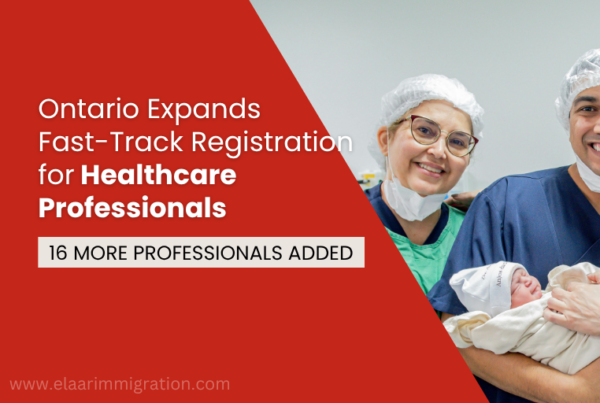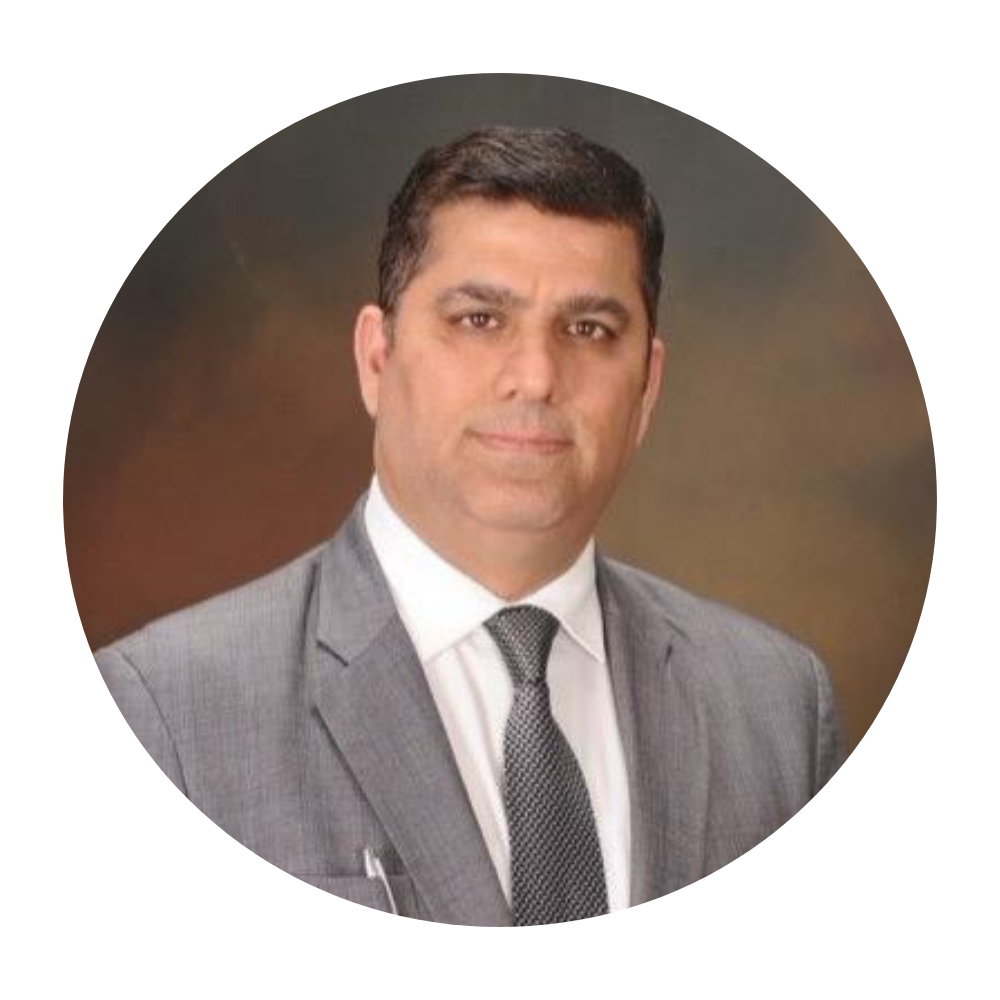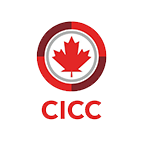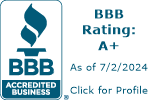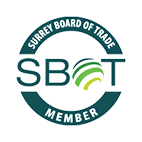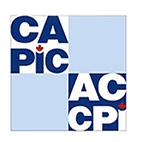Ontario has recently introduced significant legislative changes to reduce barriers and expedite the process for healthcare professionals to practice in the province, addressing critical staffing shortages while improving access to care for residents.
These latest healthcare-focused initiatives build upon Ontario’s groundbreaking labour mobility reforms announced in September 2025, when the province became the first in Canada to remove interprovincial barriers for workers in regulated professions.
The province plans to enforce the updated regulations starting on January 1, 2026.
Building a More Competitive Economy Act
On October 20, 2025, Ontario’s government introduced the Building a More Competitive Economy Act, a landmark legislation that includes automatic credential recognition for healthcare workers from other Canadian provinces and territories. This represents one of the most comprehensive labour mobility initiatives in the province’s history.
“As of Right” Framework for Regulated Professions
Starting January 1, 2026, Ontario will implement the “As of Right” framework for workers in regulated, non-health occupations. This framework will allow certified professionals from other provinces and territories to begin working in Ontario within 10 business days once their credentials have been validated.
For healthcare workers already benefiting from existing “As of Right” rules, the six-month practice period begins on the professional’s first day of practice in an Ontario health setting. The exemption ends when the professional receives Ontario registration, has their application rejected, or the six-month period expires without registration.
The original “As of Right” regulations already made it easier for these healthcare professionals to start working in Ontario:
- Physicians
- Surgeons
- Registered nurses
- Registered practical nurses
- Nurse practitioners
- Respiratory therapists
- Medical laboratory technologists
The new bill would extend the “As of Right” provisions to the following healthcare professionals.
Expansion to 16 Additional Health Professions
| Profession | NOC Code |
|---|---|
| Audiologists / Speech-Language Pathologists | 31112 |
| Chiropodists | 31209 |
| Chiropractors | 31201 |
| Dental Hygienists | 32111 |
| Dental Technologists | 32112 |
| Dentists | 31110 |
| Denturists | 32110 |
| Dietitians | 31121 |
| Medical Radiation and Imaging Technologists | 32121 |
| Midwives | 31303 |
| Occupational Therapists | 31203 |
| Opticians | 32100 |
| Optometrists | 31111 |
| Paramedical Occupations (e.g., EMTs, first responders) | 32102 |
| Pharmacists | 31120 |
| Pharmacy Technicians | 32124 |
| Physician Assistants | 31303 |
| Physiotherapists | 31202 |
| Psychologists | 31200 |
| Massage Therapists | 32201 |
These professionals from other provinces and territories will be able to practice in Ontario while completing their registration with their respective regulatory colleges, dramatically improving access to care for Ontario patients.
Automatic Credential Recognition for Doctors and Nurses
The legislation establishes automatic recognition of credentials for doctors and nurses licensed in other Canadian provinces.
Under these new provisions, physicians and nurses from across Canada can begin working in Ontario based on their existing credentials from other jurisdictions, eliminating the need for additional credentialing requirements while they complete the full registration process.
Health Minister Sylvia Jones emphasized that these regulatory adjustments will help eliminate unnecessary bureaucracy, allowing professionals to begin providing care to Ontarians faster.
The government is also collaborating with the College of Physicians and Surgeons of Ontario and the College of Nurses of Ontario to reduce application fees, streamline documentation requirements, and shorten processing times for doctors and nurses from other provinces and territories.

MAKE YOUR CANADIAN DREAM A REALITY
U.S. Healthcare Workers Initiative
Ontario has also taken steps to attract healthcare workers from the United States. In June 2025, the province announced that U.S.-licensed physicians, nurse practitioners, registered nurses, and registered practical nurses can begin working in Ontario health settings for up to six months without prior registration with Ontario regulatory colleges.
Read more: Why US Doctors Are Moving to Canada
Ontario Immigrant Nominee Program (OINP) Draws
Ontario continues to prioritize healthcare workers through its immigration programs. On October 9, 2025, the province issued 1,680 invitations across multiple Employer Job Offer streams, focusing on healthcare occupations and early childhood educators.
The draw included:
- 695 invitations to candidates in the Foreign Worker stream, with 671 specifically targeting health occupations and early childhood educators (requiring 38+ points)
- Candidates needed valid job offers and profiles created between July 2 and October 9, 2025
Throughout 2024, the OINP nominated more than 3,200 healthcare workers approximately 15% of all nominations and more than any previous year. These included pharmacists, registered nurses, nurse aides, and family physicians.
Federal Express Entry Healthcare Draws
Complementing provincial efforts, Canada’s federal Express Entry system continues to hold healthcare-specific draws. On October 15, 2025, a total of 2,500 healthcare and social services professionals received invitations to apply for permanent residency with a minimum CRS score of 472.
Need Expert Guidance?
Ontario is making it easier for healthcare workers from other provinces to start working quickly. This will help reduce long wait times. If you are considering moving to Ontario for work, there are new changes that can help. These changes provide more options and reduce unnecessary rules. You can also use your skills in other provinces.
If you want to learn more or have questions about working as a healthcare professional in Canada, please feel free to contact us for a consultation.

